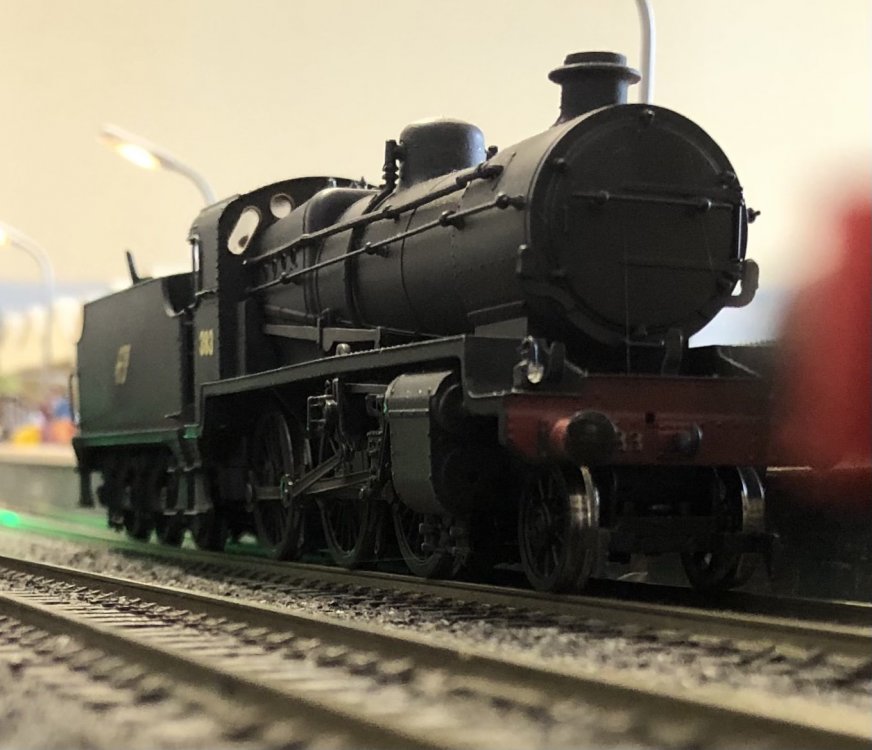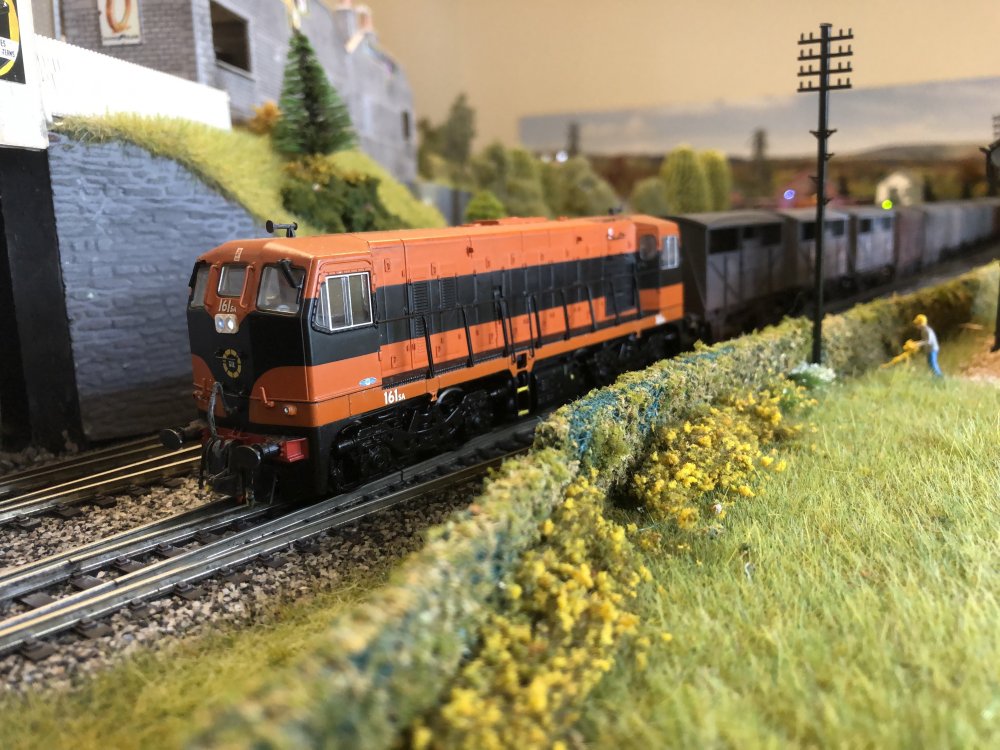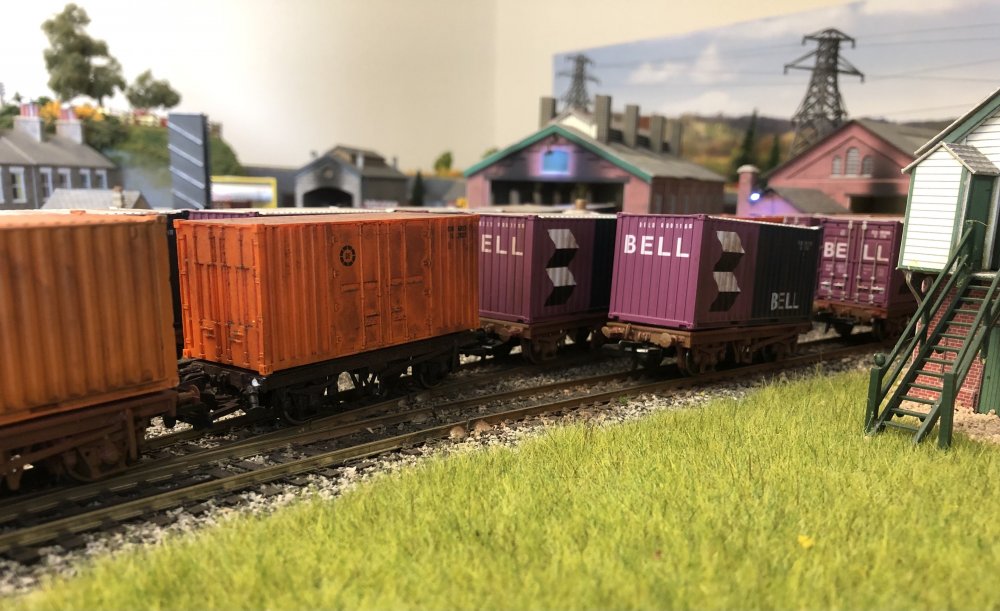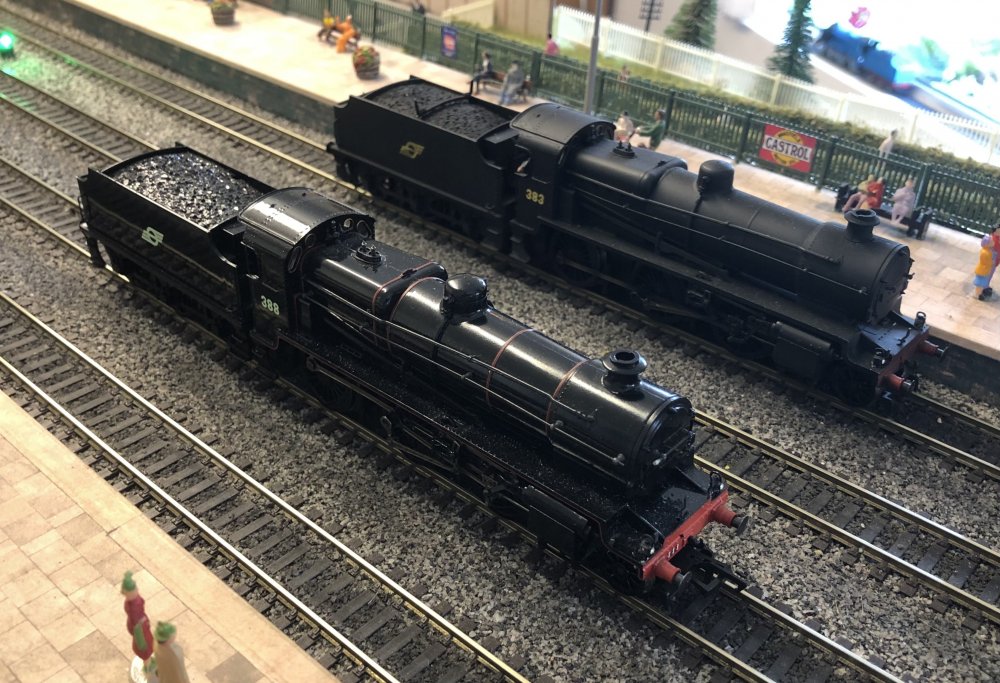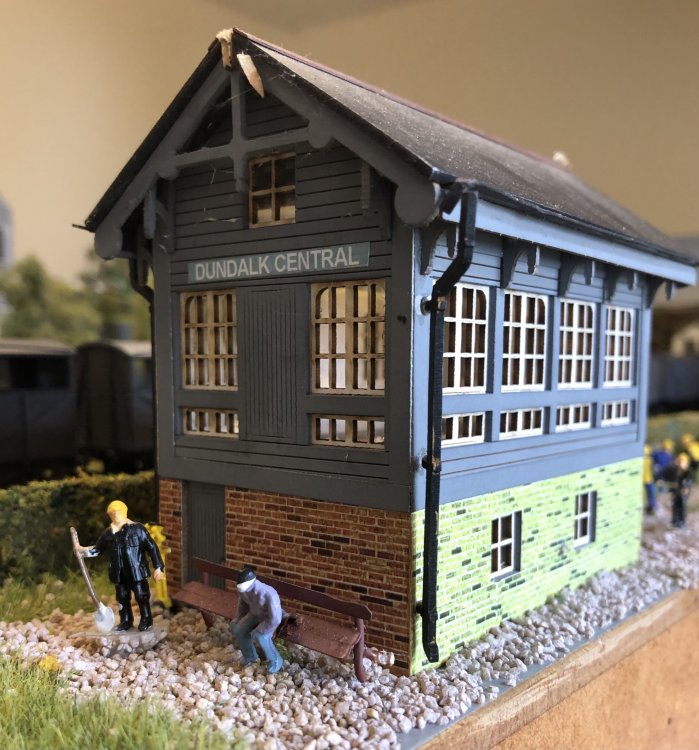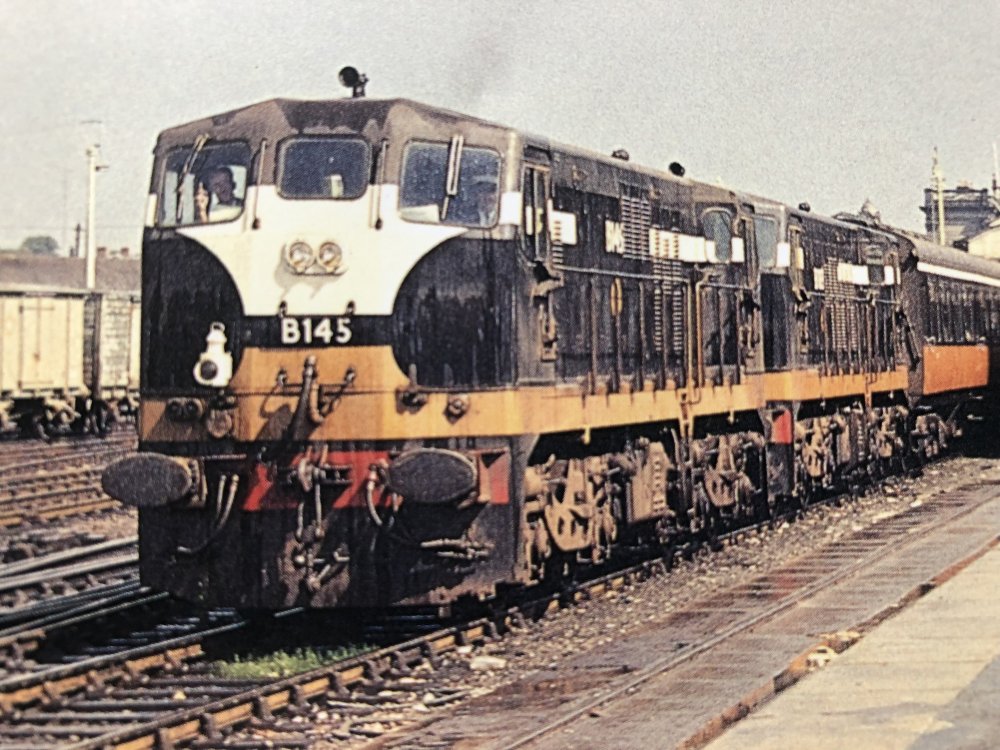-
Posts
15,896 -
Joined
-
Last visited
-
Days Won
394
Content Type
Profiles
Forums
Events
Gallery
Blogs
Community Map
Everything posted by jhb171achill
-
That BnM thing - how many of those were built? I always thought it was a one off, but I seem to to recall someone telling there were two?
-
"Is he the only passenger today?" "There's one already on - that railway enthusiast eejit from Dublin with the camera..." ---------------------------------------- "Ye hear someone's shot Kennedy! It was on the wireless!" "What? The auctioneer? PJ's cousin?" "NO!! The American President! John F!"
-
The morning local train arrives today....... IMG_9564.MOV Cattle trucks being shunted; tomorrow is fair day again!
-
Now, that I didn't know.
-
The publisher, Stenlake Press in Glasgow, can provide details - he has just circulated bookshop wholesalers. I can supply one when I get them - probably in a week or so.
-
Best place for it! Was that coach at Finntown??
-
I posted two to the USA last week. The PO charged me €7 for one and €15 or something like that for the other, as a particularly inflexible lady there told me it was a few grams over a specific limit!
-
Classified - Murphy Models - Class 201 - NIR Livery (MM0209)
jhb171achill replied to ShaneC's topic in For Sale or Wanted
Disgusting behaviour. Have you reported this fraudster to the gardai? -
They sold one of the trams to the Southwold Railway in England, who plan to use it as a seating extension to their tea shop! They've done it up a bit - probably badly needed it. Always thought they were gawd-ugly things, even at Shane's Castle!
-
Not my layout, Rob! Belongs to a friend - who appears here, as it happens, from time to time!
-
Looks a bit like my kitchen worktop a few months ago when I used a roll of some sort of tape to "draw" out a very small terminus for a narrow-gauge mini-terminus I want to do at some stage - though I can't guarantee results as quick, or to anything like the standard of Gort!
-
I, too, did the Belgian tram (in pouring rain) just after it opened, then the railcar a short time after it arrived. Haven't been back since, but that's due to the location as you suggest; I would, however, recommend a run just to get at least one go in a genuine Donegal railcar. Who knows how long it will continue to run, and the ones in Derry and the Isle of Man aren't going to be carrying passengers any time soon.
-
Outstanding stuff, Ken!
-
Was about to say that - well done indeed, excellent stuff. Thanks for posting those details.
-
Not a million miles indeed - though the strapping is very coarse - way overscale, which always puzzled me, as the technology was there for much finer detail well before those ever appeared! In the absence of the Provincial kits, I'd have probably gone for those myself, but the GWR ones that may be had in various kits AND RTR, and various Midland / LMS and BR ones, are too long a wheelbase and body, and design-wise nothing remotely like anything here on any railway. That one above, painted in CIE livery, would do under the "two-foot rule".
-
John - Like all British designs, they’re a very different design to anything Irish; in truth, Provincial Wagons kits are the only show in town. Before Provincial had ever announced their cattle wagons, I bought a couple of Dapol, Hornby or Bachmann ones - two out of those three anyway - to see what could be done with them, but unless very serious compromise is acceptable, you’d need the Provincial ones. Post-1960, they’re about the only rail vehicle, passenger or goods, which would have a rake of wagons of the same type, before block trains!
-
You’re looking at early 1990s ideally. The “A”s were on their way out after that and rarely be seen on passenger trains, whereas the “tippex” didn’t appear on Cravens quickly (after 1987)….
-
-
Your weathering is very subtle and very realistic. Details like the stains on the roofs of the Cravens really make it. Is it possible to see a close up of one of your Cravens to show this feature off?
-
F I R S T layout? That is absolutely exceptional, without doubt. Superb construction and scenery and very realistic. The scenery is most impressive, as is the attention to detail in having a real background (Mount Leinster). Very well done indeed, can't wait to see more.
.png.c363cdf5c3fb7955cd92a55eb6dbbae0.png)




